I am often asked why vinyl sounds so darn good and why compact disc (CD) was created if vinyl was/is a ‘better’ medium. So, let’s answer the question: “Vinyl vs CD – is vinyl higher resolution?”
Vinyl vs CD – what’s better? This isn’t a simple question to answer. What makes a ‘better’ medium in the first place for example? Isn’t CD perfect? Isn’t vinyl noisy and easily damaged? How important are the cartridge and tonearm?
There are many technical considerations and a lot of listening to be done before forming a useful opinion. Unhelpfully, many people form theirs without either of these critical conditions being met. The reality is that bad vinyl played back on a bad turntable sounds bad. Many CDs sound even worse.
UPDATE: I’ve revised this article for 2020, including responses to CD evangelists who missed the bit where I said:
“Actually, I love the format (Red Book CD). For me, CD is the new vinyl.”
Liquid Mike, often
The Bottom Line
Take your time reading this article. It’s based on a lifetime with hi-fi gear, my passion for the science of music reproduction and professional involvement with hi-fi electronics and musical instruments, at home and in the studio.
Let’s get this part out of the way: Vinyl has the potential, with good pressings and playback equipment, to sound absolutely superb. By superb, I mean better than CD, better than MP3 can ever sound and even better than high-res digital. This is not my opinion by the way, it’s a statement of fact.
Even with my modified Musical Fidelity Tri-Vista Class-A Tube DAC and later my improved PS Audio NuWave DSD fed by one of the best transports in the form of my Meridian 506.24, a good vinyl pressing of the same recording will often sound smoother, more relaxed, airier and better resolved. In other words, better to most people.
This might not be what you want to hear or what you think you know but it is the inescapable truth. I enjoy and use both formats, but if you haven’t experienced the best examples of each, if you haven’t had the good fortune to listen to the best recordings on the best equipment, you’ll honestly need to do that before you can contribute anything useful to the conversation, it’s really that simple.
This is just sensible practice, of course. We must never be so attached to an idea that we reject new, better information. This is the very basis of science and as a scientist at heart, it’s important that readers understand I don’t actually care which medium is better. If another medium sounds better, I’ll tell you and if I hear a CD playback system that betters my reference vinyl rig, I’ll be the first to let you know that as well, trust me on this!
CD – Perfect Sound, Forever, Right..?
Wrong. It never was and Sony and Philips engineers knew this, as well as anyone. CD was the best consumer digital medium and format that the big manufacturers could create at the time though. It was, and remains, far from perfect.
There are folks out there who argue that “CD is perfect” and “16-bit 44.1kHz captures all the information needed for a perfect recording”. The fact is that this is simply technically incorrect, as we will see. As I said, these comments are made by people without the requisite experience listening to the range of equipment and recordings necessary to form an informed opinion. It’s like insisting the Earth is flat or that space is blue because that’s what you see when you look around. A little knowledge can be a dangerous thing as someone famous once said.
Trust me, I wanted CD to be better too. That’s why I embraced it at age 15, sold my early vinyl collection and rented one of the very first players available, in 1984! Madness but I did it, it cost me $30 a month back then, which was a lot. To my annoyance, I had to buy everything back on vinyl many years later!
CD is not perfect, but it’s a great medium, sounds good and was a stroke of marketing genius. Outside the marketing hype though, nobody who understands the science of music recording and who’s listened to great recordings on great systems will tell you it is perfect, or the best. Recording engineers know it isn’t and enthusiasts with access to great vinyl and CD replay systems know this too.
No system or medium is perfect. However, to many interested in the extraction of the ultimate fine detail – ie resolution – vinyl is technically and sonically superior – in terms of resolution. Note that I keep qualifying this point.
The Metrics
We need to consider what metrics we use for this discussion. I’m specifically talking here about resolution, NOT noise, or pitch accuracy. Based on those two metrics, the CD is better for sure. But one can make a strong argument for the fact that the resolution of subtle micro-dynamic and high-frequency information that is lost in the digital sampling process is more important when reproducing music.
You might think of resolution as the ability to discern fine detail, to accurately portray two sounds of slightly differing levels. The simple answer is that, as a medium, vinyl is capable of higher resolution than CD, but we need to examine this in a little more detail.
There are two important parameters to examine when looking at the Red Book standard which defines the technical specifications of CD. These are sample rate and bit depth.
Bit Depth
Looking at bit-depth first, CD has a technical resolution of 2 levels, 0 or 1, raised to the power of 16. Sixteen represents the number of bits in each digital word and the bit depth specified in the Red Book standard. This gives us 2^16 or around 65,536 possible amplitude levels for any sample. Simply stated, a tone can have 65,536 different volume levels.

This is far from enough but was determined by the compute hardware limit in the early 1980s. More bits are always better, that’s why digital systems have moved to 18, 20 and now 24 bits.
Everyone who has heard 24-bit digital has heard the obvious improvement the increased bit depth offers. How then can 16 bits represent perfect sound if 20 and 24-bit files sound better? This fundamental conundrum seems to lie beyond the comprehension of some who’ve left angry comments below.
Sample Rate
Sample rate determines the number of times the digital system captures a waveform sample, per second. For CD, this was set at 44,100 samples per second. This means that continuous tones in real music are chopped up 44.1 thousand times a second and joined together.
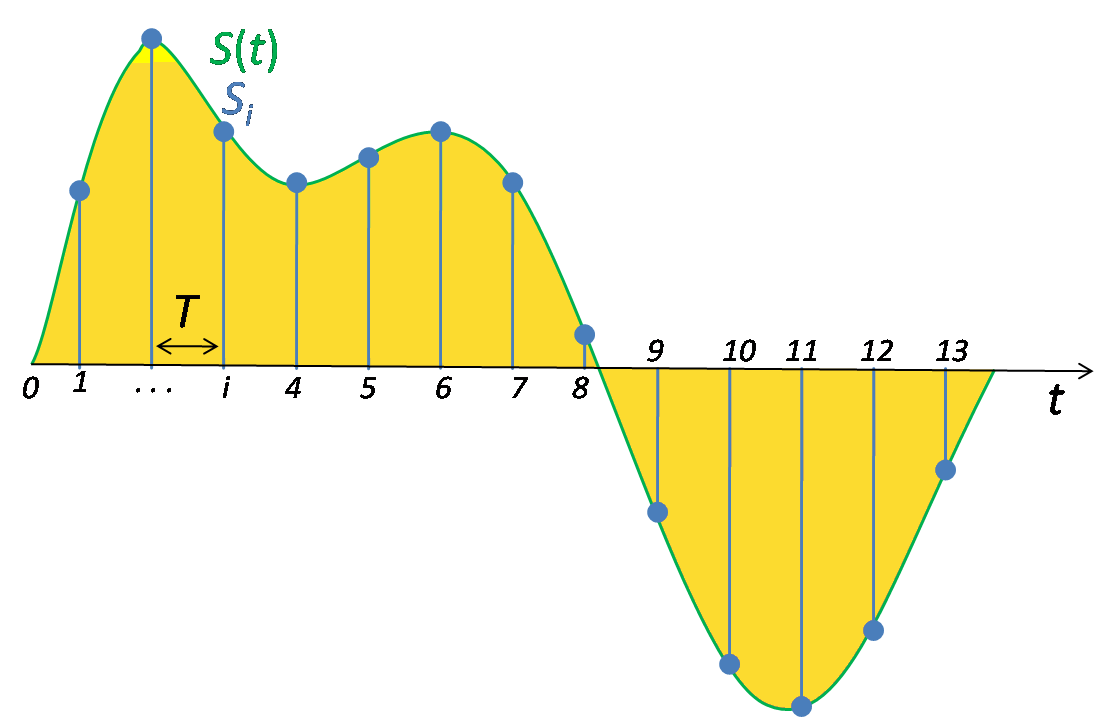
Sample rate determines the high-frequency response limit. Again, contrary to what commenters have asserted, whilst we may not hear above 20kHz, these high-frequency harmonics seem to be important because one can hear differences in systems that capture and reproduce these frequencies. Good research has shown this to be the case.
Not only that but the filters required to avoid aliasing artifacts limit high-frequency impulse performance. Again, 96kHz and especially 384kHz sampled digital sounds better than “perfect 44.1kHz data” and again we see this conundrum that literally proves the flaws of the Redbook format.
Think about bit depth and sample rate. Both are finite and limited to a set number of steps or samples, in a given time or for a given sample. Analog systems do not have any such resolution limitations. Vinyl, for example, allows an infinite number of possible volume levels, within the dynamic range of the medium.
Likewise, there is no sampling of waveforms in analog playback, hence high and low-frequency waveforms have the same amount of detail possible in them, with frequency limits determined by hardware and medium limitations, rather than compute power and data bandwidth.
Think for a moment about a high-frequency signal, like the sound of a cymbal being hit. This sound will have a range of harmonics and overtones that extend either side of the fundamental. Some of these harmonics will extend to over 20 kHz. Vinyl replay systems allow for the playback of frequencies over 20 kHz, whereas CD does not. This is due to the limitations imposed by the 44.1 K sample rate.
Where CD Loses
More importantly than the limitation in high-frequency response, the 44.1K sample rate means that a 20 kHz signal will be sampled approximately two times per waveform! If you look at the complex shapes and curves of a sine wave, for example, you will quickly see that no two points or samples on this waveform are going to allow you to accurately represent it during playback.
This is a fundamental and acknowledged limitation in the resolution of Redbook CD. This may also explain why most of the criticism of the Red Book format seems to be around high-frequency performance, hardness and glare.
There is no escaping that 16 bit 44.1K digital was the best they could roll out in 1982, for semi-sensible money. These days, however, 32 bit, 384 kHz digital is where we are at, in terms of playback. The problem is finding sources – recordings and masters – that have that amount of detail in them. They are virtually non-existent. Unless you have the analog master tape of course. Then you have a source with even higher resolution than 32 bit 384 kHz digital. See where this is heading..?
So, CD is technically less resolving of fine-level detail and high frequencies than a good vinyl system. These inherent limitations mean it’s transient and phase performance are also technically inferior to the best analog systems, but herein lies another caveat. Vinyl is capable of superb technical performance in some areas, but has limitations in others.
Where Vinyl Loses
Typically pitch and speed accuracy of vinyl playback is an order of magnitude worse than CD. Turntables suffer from additive speed inaccuracies. This means that off-centre records and pitch issues with the mother and stamper vinyl are added to playback inaccuracies caused by the record player itself. These are very real problems.
The dynamic range of vinyl cannot compete, on paper at least, with that of compact disc. Vinyl offers a usable dynamic range – the difference between the softest and loudest sounds that can be accommodated within the medium – of around 70 dB. Compact disc offers a dynamic range of around 90 dB. The scale is logarithmic, so 20 dB more is not 30% more, it’s many times more!
Compact disc also offers a technically flatter frequency response which is not subject to the resonances and wiring effects of magnetic cartridges of a turntable. There is also much less distortion, again on paper, than vinyl systems typically produce, but again there is nuance here.
At levels below 0dBFS, distortion rises in digital playback as fewer and fewer bits are available to describe the amplitude. The CD player itself theoretically introduces much less in the way of noise and distortion than a record player does though, which should give it the edge here.
Conclusion
So, do I hate CD? Of course not. Actually, I love the format! For me, CD is the new vinyl. It offers great value, especially now that it seems to have been all but forgotten. It also offers good to great technical performance, which is somewhat equipment specific and on cheaper gear, often somewhat bright and grainy.
If you think after reading this that I have some vendetta against CD, then your ability to evaluate rational arguments and data isn’t strong. I’ve presented the strengths and weaknesses of both media and explained how both are great in their own way.
AND YET, we have the curious situation where, given identical recordings, sourced from the same master, played back from vinyl and CD pressings from the same era, the vinyl recording very often sounds better. The conclusion one must reach is that, despite the shortfalls in dynamic range, pitch accuracy and distortion, vinyl’s inherent higher resolution is the key to this magic.
Discover more from LiQUiD AUDiO
Subscribe to get the latest posts sent to your email.

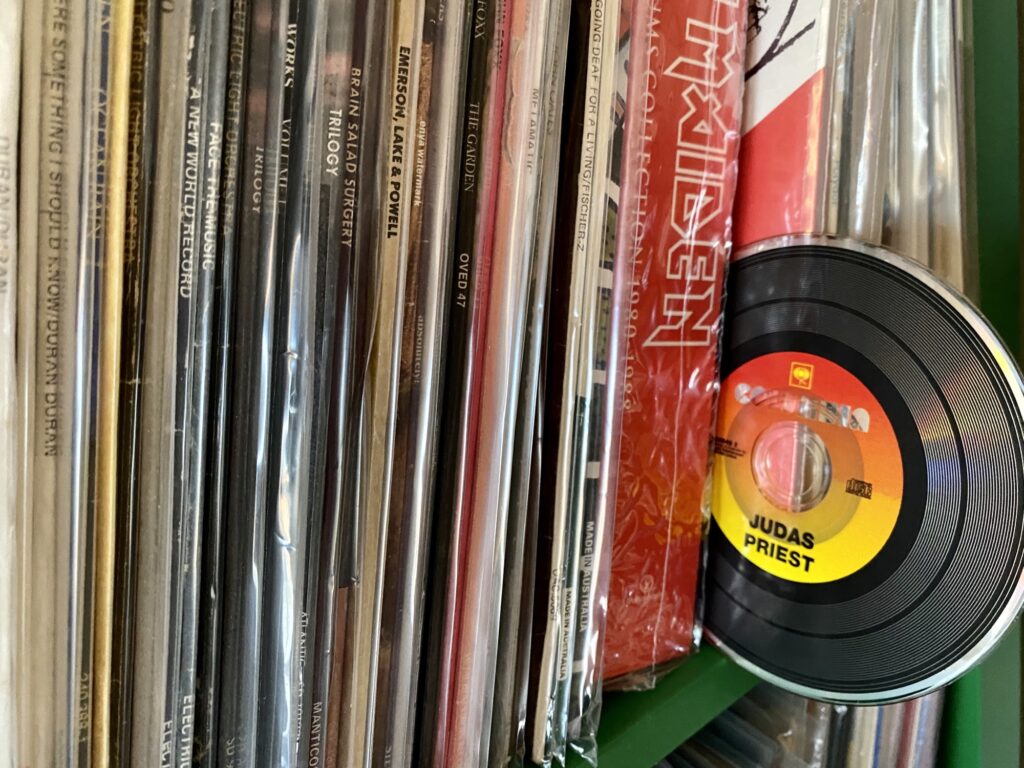
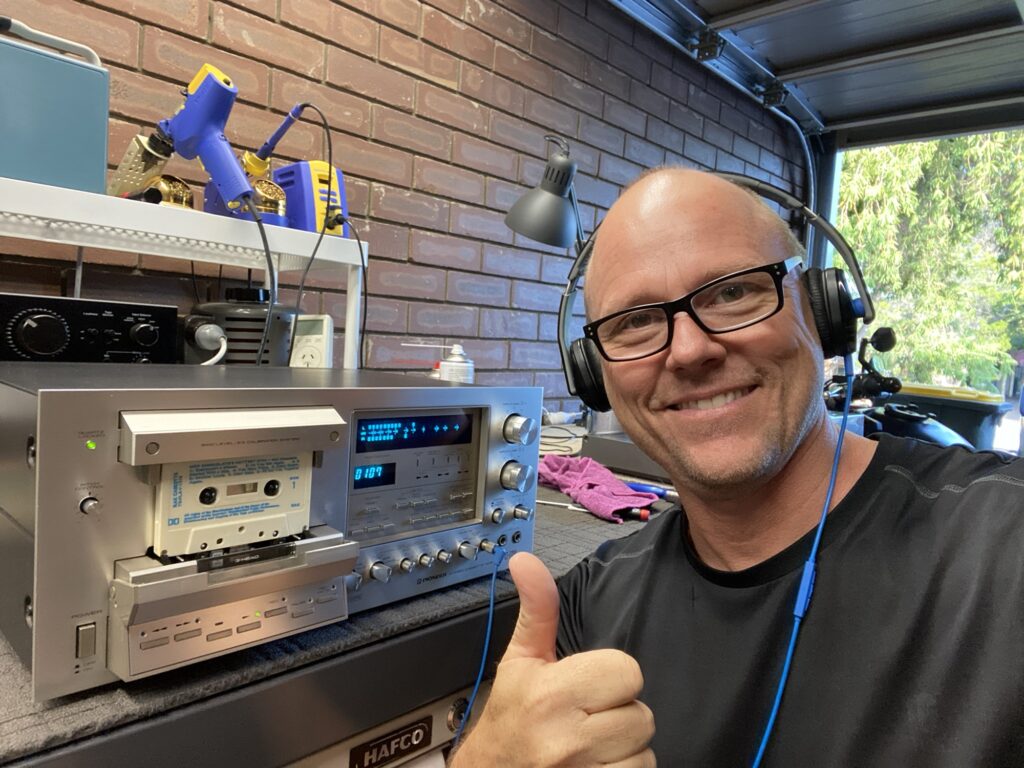
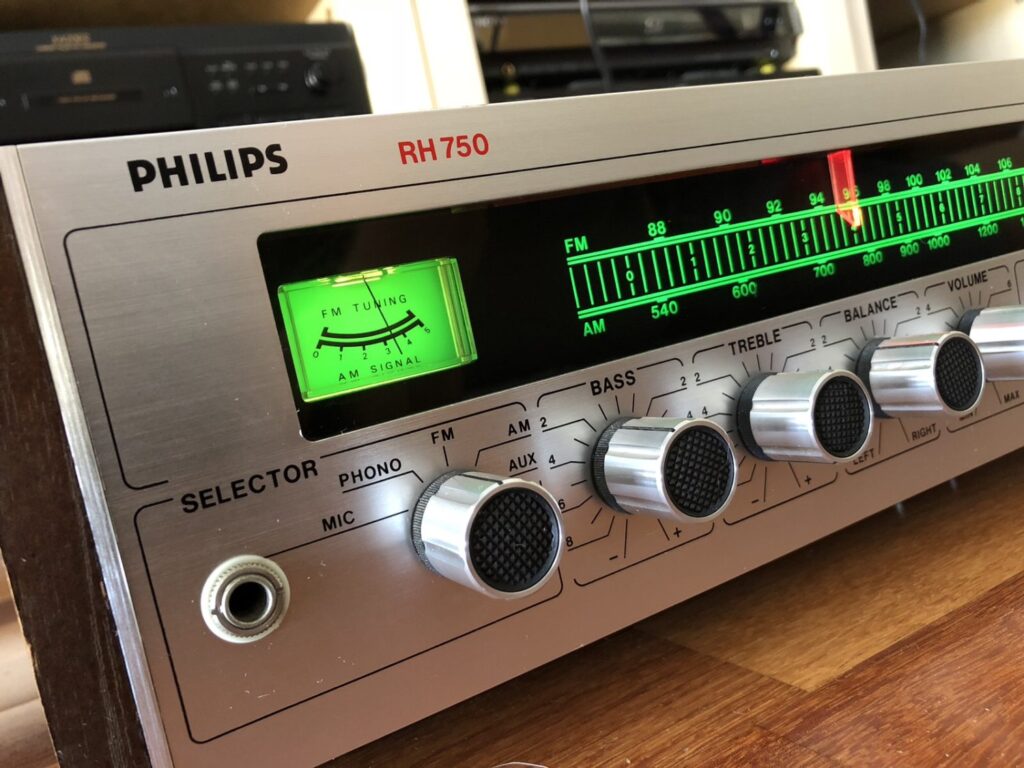
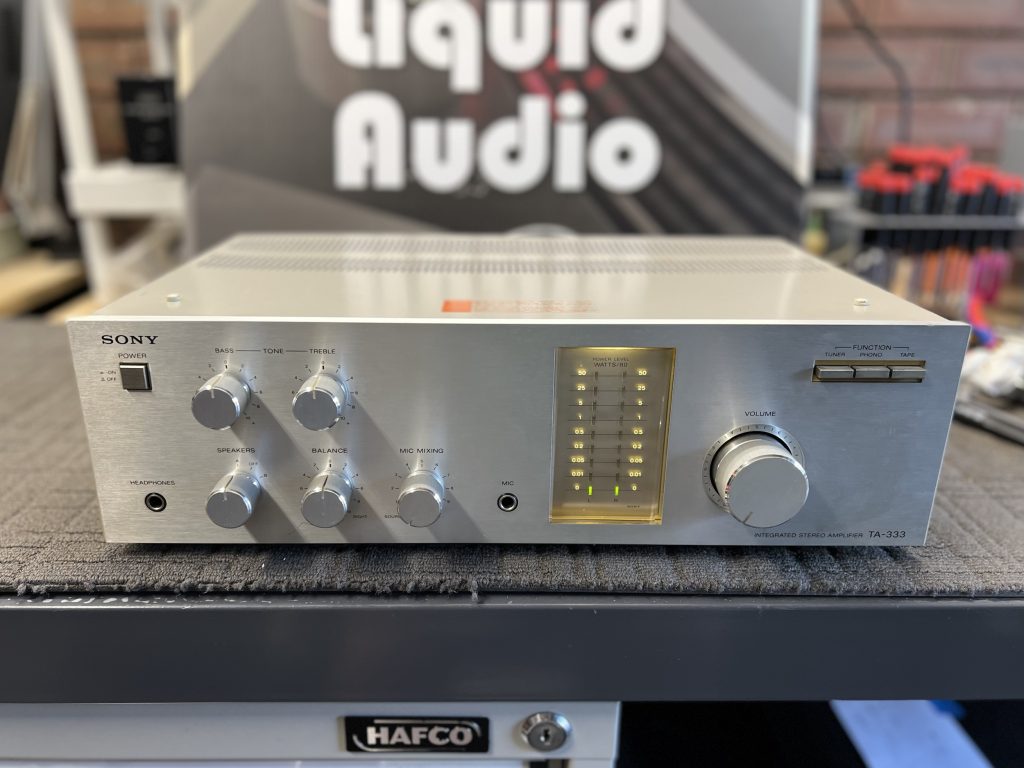
I also firmly believe that some people feel, because you can get the odd pop, click and other noise artefacts when playing vinyl – even good vinyl on good kit, that they simply dismiss the notion that the music can sound better when played back from an LP.
They can’t accept that you can train your senses to listen through the odd click and pop and focus on the music. I don’t think any amount of healthy scientific debate will ever change this.
IMHO of course 🙂
I firmly believe that when you listen to any album, what you are hearing is a long process which goes far beyond the end format which you choose to listen to it on.
Anyone who favours one end format over another religiously is crazy and is not judging the end product, but hanging on to some preconceptions of how things should sound.
Note that, this only applies to being a consumer where you have no control over the process before you get the final product.
As a creator of content, there’s a reason why analog died out of common usage and high res PCM is now the standard. On pretty much any metric that matters it’s better for creators. But that doesn’t mean that someone who chooses to use an analog process can’t make a better product simply by being better at their job.
I also don’t think that spending a bajillion dollars on a vinyl setup will make it always sound better that digital or vice versa. Each album needs to be viewed on a case by case basis as to which is the better made product. For me that usually ends up being digital but there are a few vinyls which outshine their digital counterparts.
I disagree with much of what you’ve written here also, but that’s ok. For me, it’s about what we hear and the science. There is no place here or anywhere in my opinion for religiously held beliefs. It should always be based on evidence. Vinyl almost always sounds better to my ears, and to those of many others, for many easily explained reasons. Obviously not all people though, though many don’t have the experience to offer valid comments. Let’s keep enjoying listening to music, that’s what this really all about!
I would also add that, the article seems to be trying to find a conclusion by working backwards from the technical specifications of the end formats which is a fools errand.
Aside from the obvious differences like surface noise, crackle and badly tuned tables any tangible differences are likely further up the chain, even when they are the same master.
Optimisations for vinyl playback can happen after the master output for example. In the end unless you were there there’s no way to know for sure.
Add to that each turntable imposes its own character on the sound (turntables arerfairly far from linear, relatively), and you have some unpredictable outcomes.
Hi Daniel, thanks for your comments, though I ask that you and other commenters please remain respectful. My site is a place to learn and share, respectfully 🙂
So, no fool’s errands here, what I wrote was carefully considered, aimed to inform and educate and supported by a huge amount of listening experience, + science.
This article examines the formats on their merits. This invariably requires looking at the science to gain a better understanding of what we hear.
The science supports my experience listening to albums across formats on an enormous range of gear and what so many other people with good gear report. Vinyl is capable of higher resolution, and incredibly, despite the complexity of the playback chain.
There are of course lots of variables. I’m lucky to have great gear and I’m lucky to work on and listen to great gear for a living. As you say and as I point out, there’s lots of variation possible in the chain from recording and mastering to playback and therefore what one gets at the end. Ultimately though, that’s not what this piece was about.
All I’d ever heard was CD for classical recordings.
Then when at University, they had Technics DJ style turn tables and MDR 7506 headphones for music majors to study.
I heard things in the vinyl that I had not heard on CD for the very same recordings. Things like very high harmonic overtones and a sense of 3D sound environment that made transported you to a sense of scene, as if you were standing on stage.
It was an immersive, addicting and musically intoxicating experience.
Plug the 7506s into a high end CD player and it was just not the same. It felt cold and “to the point”
You have to also consider that recording engineers needed a much more thorough understanding of their craft, if for no other reason than the financial expense of the medium meant unlimited takes were just “no”
Mic placement, collaboration with musicians, understanding acoustics of different instruments… these people were masters of their craft. You couldn’t just click on a screen and let the clarity of digital hide your shortcomings.
YouTube is now the de facto library to access a wide selection of recordings, and that’s even less of a quality experience than CD.
For serious inspiration, music appreciation and experience, vinyl is where the activity of classical music recording and playback peaked.
Everything that came later, including musicianship, has been on a steady decline.
Hoping for a breakthrough and resurgence in medium resolution, recording artistry and musical content.
We’re at the VHS camcorder vs 35mm film era when it comes to sound
Thanks Pablo, I agree and this is why most of my customers and I listen to and enjoy vinyl to this day. That said, good CD hardware like my Accuphase DP-90 and DC-91 sounds far better than I ever thought CD could sound when I wrote this article. Vinyl played back on really good gear still beats it though!